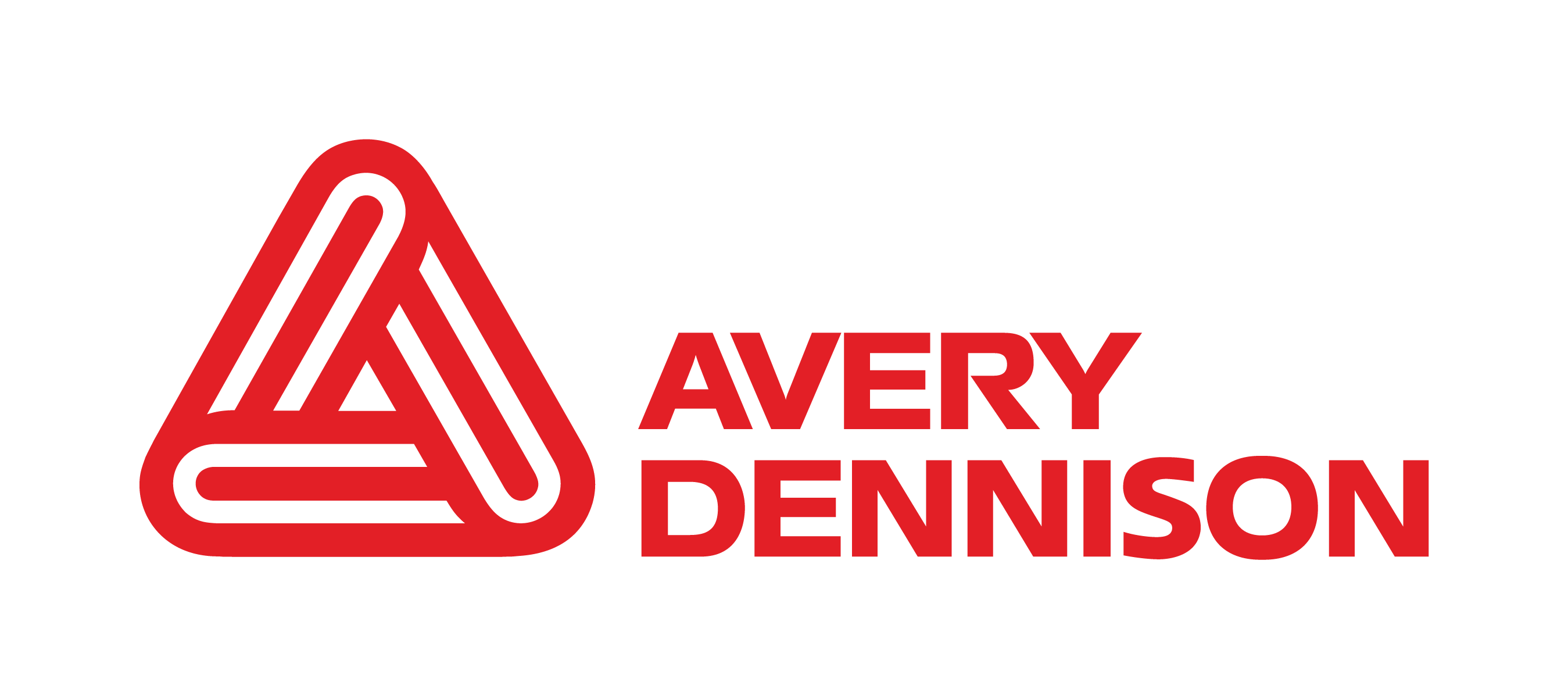Can you give us an example of the recent sustainable packaging innovation that you worked on and the label's role in the design?
In the last months, we developed several lightweight bottles that reduced the material by about 25% for our global NIVEA Shower female and universal range. In executing these projects, we discovered that the label is much more critical than that on standard bottles.
We found that lightweight bottles provide new challenges with the appearance of wrinkles and air bubbles under the label. These problems were due to the technicalities of the lighter bottle, including higher tolerances of the bottle dimensions, reduced stiffness of the bottle, and rough surfaces. A good result was quite tricky, but through a combination of optimizing the bottle, the labeling equipment, the label adhesives, and the softness of the labeling material, we achieved great results.
The label is often overlooked during the EcoDesign process or considered an afterthought. As a label expert, how do you champion the importance of the label? And how have you brought it to the forefront of the EcoDesign process?
The label has an essential role in the overall packaging system. One simple example is transparent and translucent PET bottles. With “normal” label adhesives, the certified recycling rate is at 0% due to the adhesive residues that “contaminate” or disrupt the PET recycling process. However, with a change to wash-off labels, our bottles are fully recyclable.




